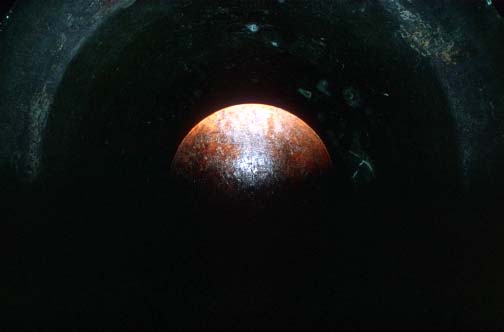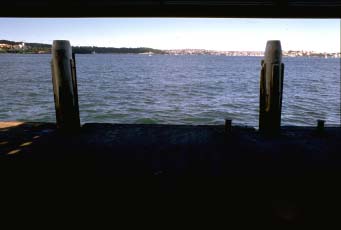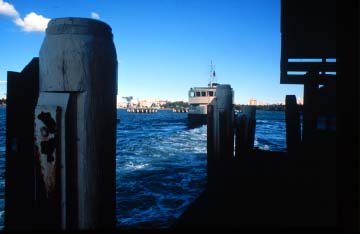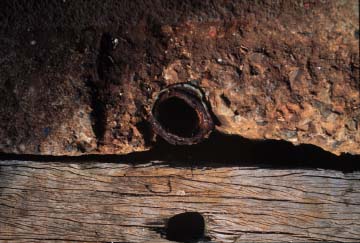
SOUND SCULPTURE WITH RESONATORS, New York, Toronto, Sydney and Melbourne, 1972 to 1978
This was an ongoing series of small installations made in alternative spaces and small galleries. It came out of a fascination with the idea that the world is musical at any given moment, if one has a musical point of view. Large resonant objects, such as bell jars and large wine-making bottles were particularly interesting in their ability to transform even traffic noise into very musical results by being natural acoustic filters and echo chambers. The installations involved placing resonant objects on the roof or some other outdoor part of a building and putting small microphones inside each object that would transmit the musical resonance to an indoor gallery space.
PERPETUAL MOTION, Artifices 2 Exhibition, Department of Cultural Affairs, Saint Denis, 1992
This sound sculpture used the bells of the historic 12th century Basilica of Saint Denis as a subject. The bells have not been rung in more than 100 years, because one of the bell towers which originally housed these bells burnt down in a thunderstorm. The bells were moved to the remaining tower, but are not rung because the tower was not designed to withstand the stress of the bells ringing. However, these long, silent bells continually make a sound that no one has ever heard, the perpetual sound of the resonant frequencies of the bell excited by ambient sound pressure levels. Sensitive microphones were installed inside of the bells and transmitted the sounds to a sculptural installation of loudspeakers at the exhibition site



